Poultry industry is boosting as a domestic demand increases
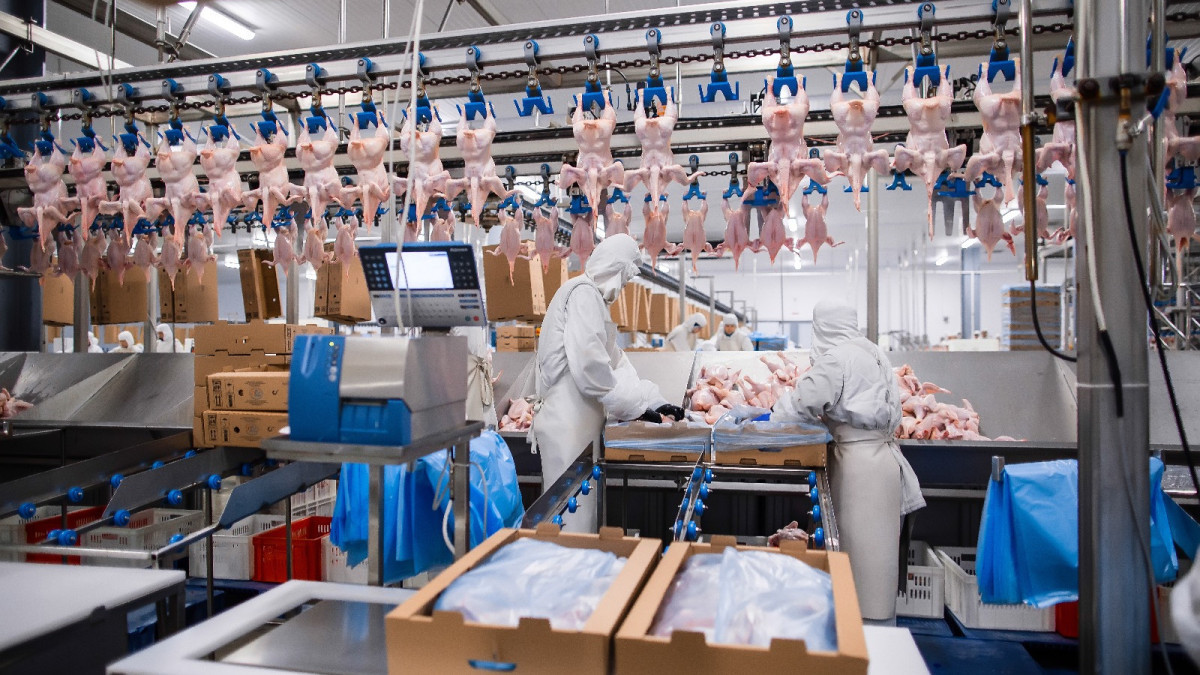
Kazakhstan's poultry industry has experienced a significant boost as the country embraces a thriving domestic demand for poultry products. Recent developments indicate a robust growth trajectory, propelled by government initiatives and increased consumer preference for poultry as a healthy protein source.
President Kassym-Jomart Tokayev highlighted the significance of agricultural development on his State of the Nation Address. It remains as one of the key problems. According to him, the state of the industry directly affects the food security of the country.
The strategic task of increasing the volume of production and increasing the added value of domestic agricultural products needs to be solved. The time when you could just sell grain and livestock is a thing of the past. The government must prepare new long-term approaches to subsidizing the industry. Budget funds must provide an effective return. The state will no longer throw money away right and left. It is necessary to strengthen control over the allocation and use of subsidies. Rural cooperation offers great prospects for the development of the agrarian sphere. The corresponding pilot project has been implemented. According to its results, the yield in agricultural cooperatives that participated in it doubled, and the growth of livestock – almost a quarter, said the President.
Now Kazakhstan expects to achieve self-sufficiency in broiler meat by nearly doubling domestic production by 2027. By 2021, the production of poultry meat in Kazakhstan amounted to 283,000 tonnes. This amount has shown consistent growth in recent years, experiencing a significant increase of 57% compared to 2017.
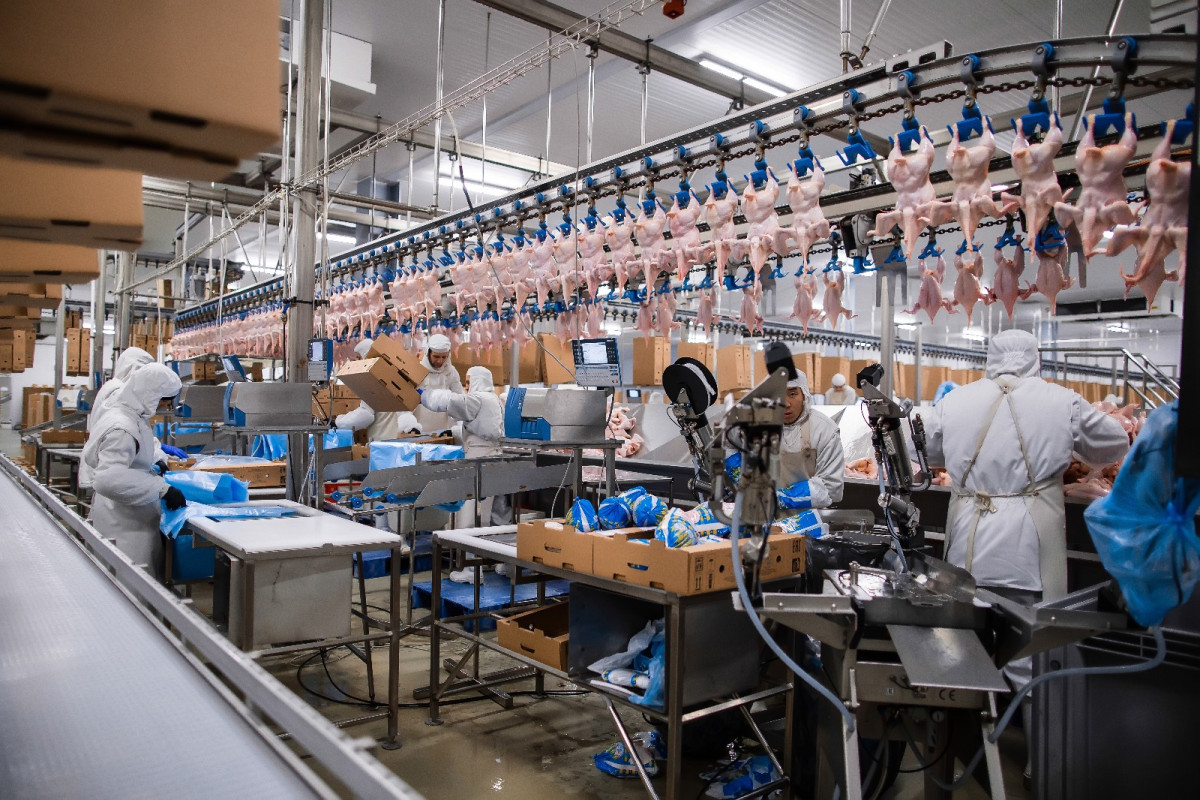
Regarding domestic consumption, it reached 427,000 tonnes in 2021, with Kazakh poultry farms satisfying 64% of the domestic demand. The remaining portion is sourced from Russia, Belarus, and the US, as mentioned by Sharipov. It is projected that by 2027, Kazakhstan will likely achieve a production level of 600,000 tonnes of broiler meat, allowing the country to become a net exporter.
Minister of Agriculture Yerbol Karashokeev stated that in the past three years, Kazakhstan has managed to reduce its reliance on imported poultry meat from 51% to 35%. Additionally, it appears that the country's farmers are meeting the entire domestic demand for eggs. The industry's leader attributed this achievement to the consistent growth in production volume, supported by government measures. According to the minister, 40 billion tenge will be allocated for investments in poultry farming in 2021, leading to the establishment of seven new poultry farms. These facilities are projected to produce 70,000 tons of poultry meat.
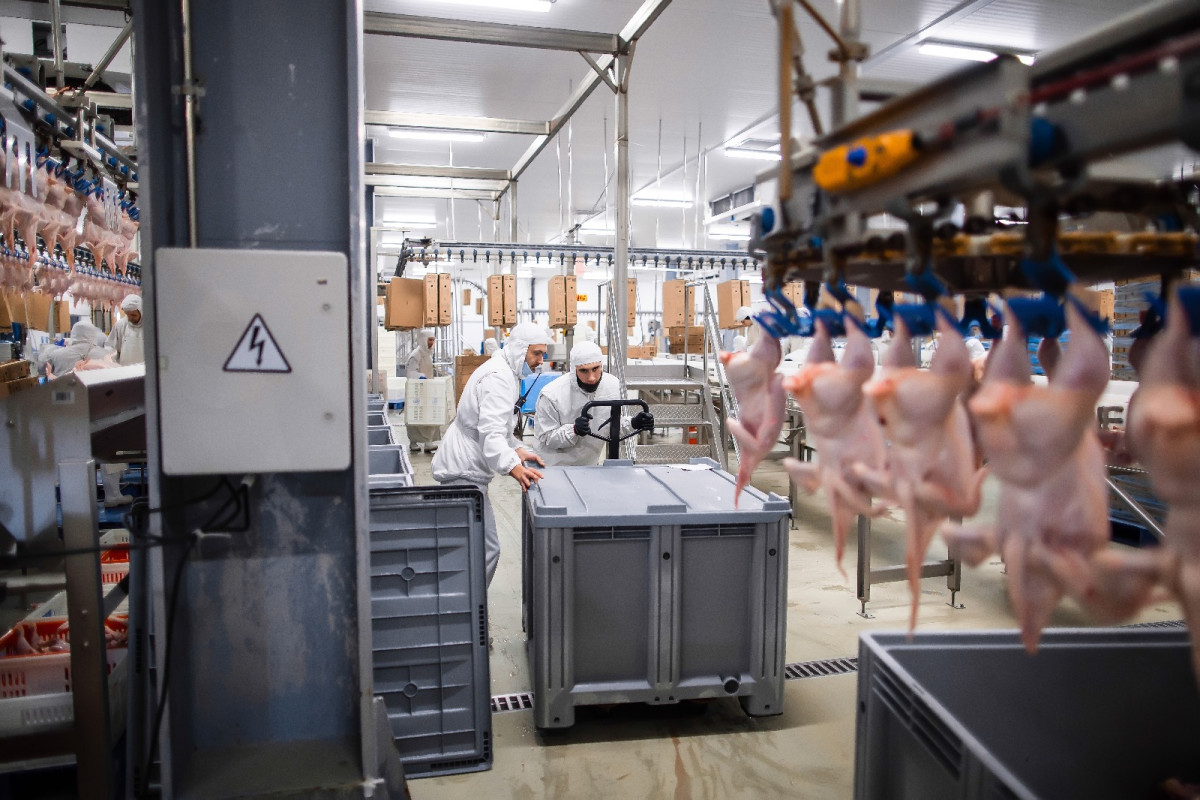
One of the key players of the poultry industry in Kazakhstan is Makinsk poultry farm. The poultry farm project, located in the Bulandinsky district of the Akmola region, commenced construction in 2015, becoming the industry's largest investment endeavor with a total cost of 74 billion tenge.
In September 2018, the first phase of the poultry farm was completed, enabling an annual production capacity of 34,000 tons of live poultry meat. The initial stage required an investment of 34 billion tenge and encompassed four broiler breeding sites, each equipped with 12 poultry houses. The facility also included a hatchery, a poultry processing plant, a feed production workshop, a manure composting site, and administrative buildings. Emphasizing biosafety and environmental friendliness, the farm utilized state-of-the-art technologies, ensuring the production of high-quality and nutritious products. During its first year of operation, the factory provided employment opportunities for 882 individuals.
In 2020, the Makinsk poultry farm expanded further with the introduction of its second phase dedicated to broiler growth. This project had a cost of 14.5 billion tenge and achieved a production volume of 34,000 tons of live poultry meat in the same year. With the addition of the second phase, the poultry farm claimed the title of the largest capacity facility in Kazakhstan. Four new broiler sites with 12 poultry houses were established, and the incubator, feed shop, poultry processing plant, and meat and bone department operated at increased capacity. This expansion created 570 new job positions.
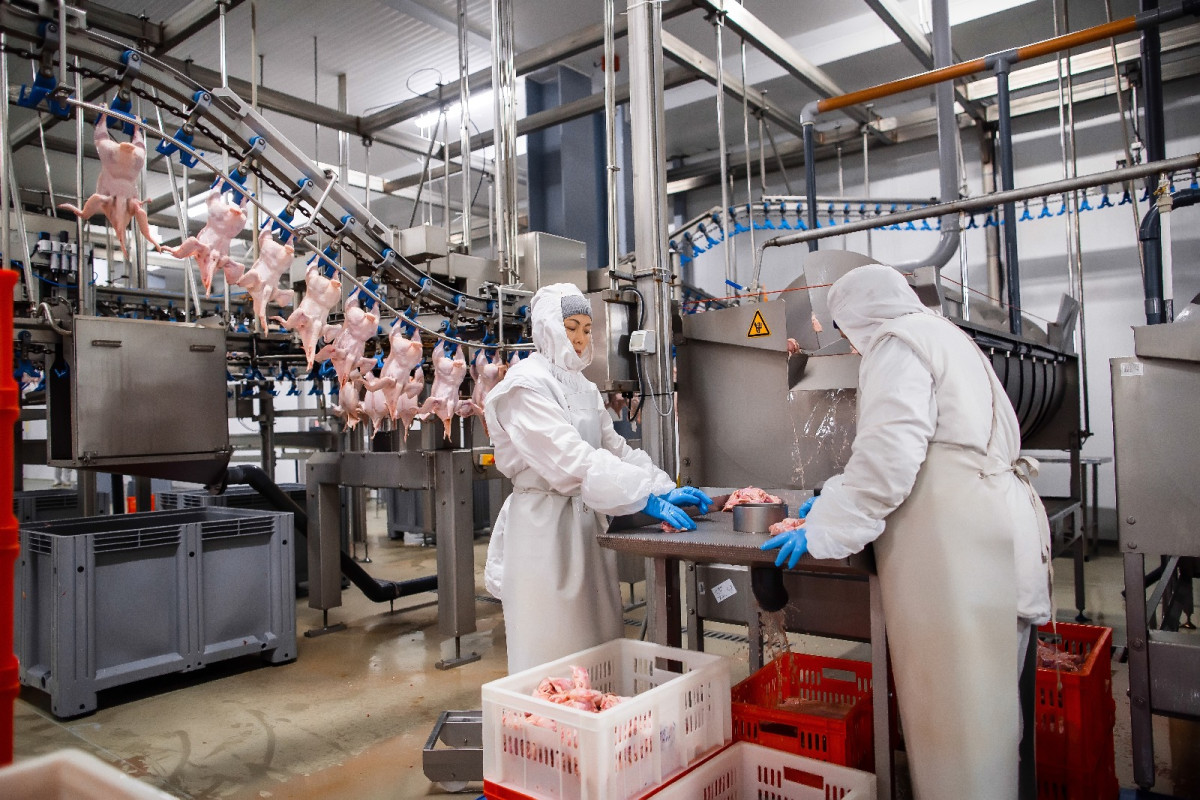
In 2021, the poultry farm achieved a production volume of 61,554 tons of meat products. Additionally, preparations have begun for the implementation of the third phase of the Makinsk poultry farm, with plans to commence operations in 2023.
The Makinsk Poultry Farm is preparing to launch its third phase of broiler production, aiming to increase annual poultry production from 56,000 to 100,000 tons in live weight. Currently, the Makinsk Poultry Farm holds the position of Central Asia's leading chicken meat producer.
Construction for the third phase of the farm began in 2021, with investments amounting to 25.7 billion tenge. The expanded capacity of the facility is expected to enable the production of up to 100,000 tons of live weight poultry meat per year, with the potential for further increases in production.
The third phase project includes the construction of new poultry houses, an enhanced waste processing capacity during slaughter, an expanded feed granulation line, and increased storage capacities for finished products, all in line with current production requirements.
The construction of the third phase aligns with the strategic plan of the AITAS holding, which encompasses the Makinsk Poultry Farm. The project aims to achieve import substitution and generate social benefits such as regional development and job creation. Currently, the company employs over 1,900 individuals.
Rishat Raisov, Director General of the Makinsk Poultry Farm, emphasized the positive impact of the project on the poultry industry in Kazakhstan. The farm's development has not only created jobs within the facility but has also stimulated the growth of small and medium-sized businesses in the surrounding area. AITAS maintains a strong partnership with the Fund for Sustainable Development of Rural Territories, contributing to infrastructure, education, and healthcare development in the Bulandinsky district and Makinsk region.
The Makinsk Poultry Farm currently comprises 17 production facilities, including an incubator, eight operational broiler sites, and four sites undergoing commissioning, each with 12 poultry houses. Other facilities include a poultry processing plant, manure composting site, meat and bone department, and feed production workshop. The enterprise utilizes advanced energy-saving equipment to ensure compliance with biosafety and environmental standards throughout the incubation, rearing, slaughter, and meat processing stages.
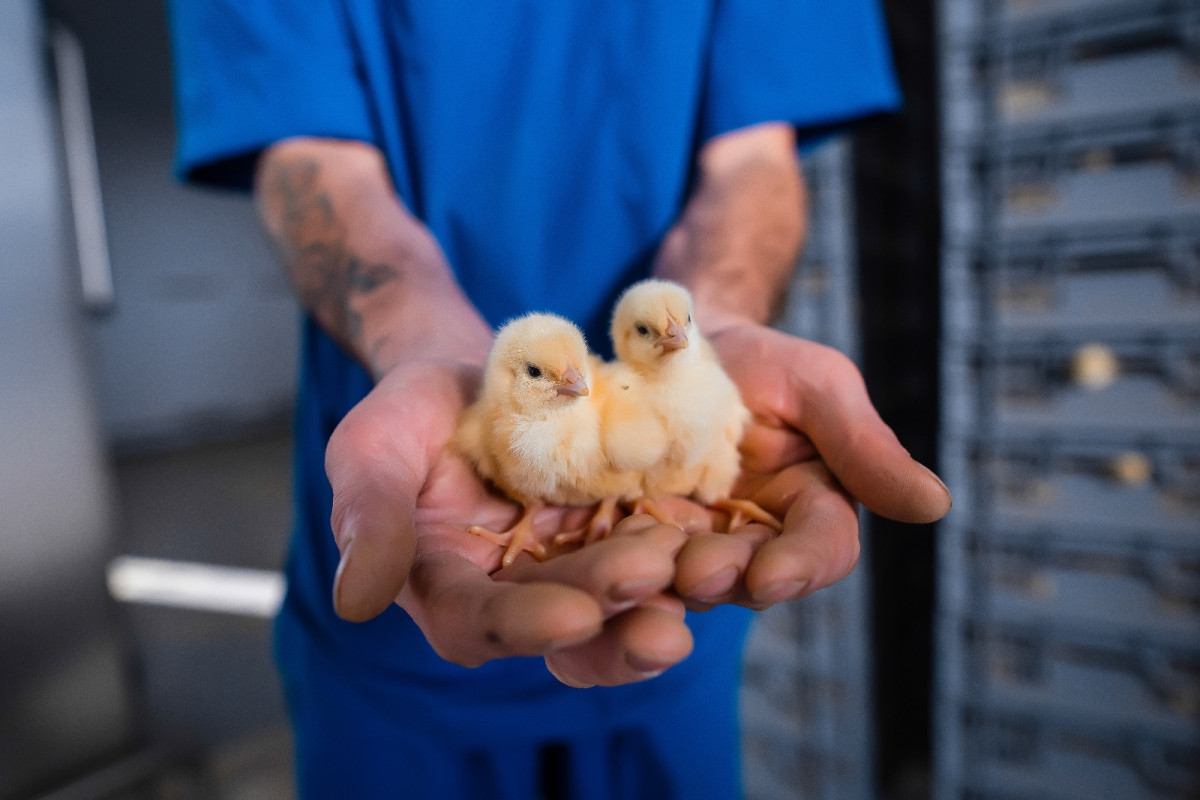
Spanning over 300,000 square meters, the total area of all buildings on the farm demonstrates the scale of the project. The long-term development strategy of the AITAS holding is being supported by the European Bank for Reconstruction and Development, the Baiterek Venture Fund, and a credit line from the Development Bank of Kazakhstan.
According to the Kazakhstan Poultry Meat Industry Outlook 2022-2026 by Report Linker, Kazakhstan is projected to rank as the 42nd largest consumer of poultry meat globally in 2026. It is expected that the country's consumption will reach 354,000 metric tons, growing at an average rate of 0.5% per year. This follows a 0.2% year-on-year increase since 2017. Presently, Ecuador holds the 42nd position with 343,000 metric tons. In 2021, the top three consumers were the United States, Brazil, and Russia.
Furthermore, Kazakhstan is anticipated to become the 58th largest producer of poultry meat worldwide by 2026. According to data, the country's poultry meat production is estimated to reach 214,000 metric tons, with an average annual growth rate of 1.8%. This is an increase of 1.6% per year since 2017. Currently, Malawi holds the 58th spot with 192,000 metric tons. In 2021, the top three producers were China, Brazil, and Russia.
This forecast is not far from the reality. The Government of Kazakhstan plans to decrease poultry imports by creating poultry farm such as the one in Makinsk. Over the past year, Kazakhstan's poultry sector has witnessed a substantial expansion, with new investments and technological advancements leading to enhanced production capabilities. Key poultry farms across the country have been modernizing their facilities, adopting state-of-the-art technologies and implementing stringent quality control measures.
Kazakhstan is working towards achieving self-sufficiency in chicken production within the next five to six years, according to Erbol Eseneev, the deputy chairman of the National Entrepreneurs Chamber Atameken. Currently, the country imports approximately 110,000 tons of chicken legs from the United States, but there is a growing focus on domestic production to meet the country's poultry needs. Local poultry producers already account for 70% of the annual chicken consumption in Kazakhstan, which stands at around 450,000 tons.
In terms of red meat, Kazakhstan produces 1.2 to 1.3 million tons annually and imports approximately 6,000 tons of frozen meat from Brazil and Argentina. However, Kazakhstani entrepreneurs export roughly 18,000 tons of red meat, primarily to Uzbekistan and other Central Asian countries. While the country currently meets its domestic demand for meat, there is significant potential for further expansion. Atameken believes that increasing meat production would help lower prices, which currently stand at $4-5 per kilogram.
Kazakhstan has substantial potential to boost meat production, with plans to triple the sheep population to 50 million and potentially raise around 40-50 million horses. Such growth in the meat industry would create significant opportunities for job creation, particularly in rural areas. Additionally, there is a rising demand for processing animal bones, skin, and wool, further contributing to potential employment opportunities.
Last summer, the Eurasian Economic Commission approved tariff quotas for animal product imports, allowing Kazakhstan to import 21,000 tons of red meat and 140,000 tons of poultry. These quotas aim to support domestic production while ensuring a balanced market supply.
Kazakhstan's favorable climate conditions, fertile lands, and abundance of feed resources have contributed to the country's self-sufficiency in poultry production. As a result, Kazakh poultry farms have been able to meet the rising demand for poultry products domestically, reducing the country's reliance on imports.
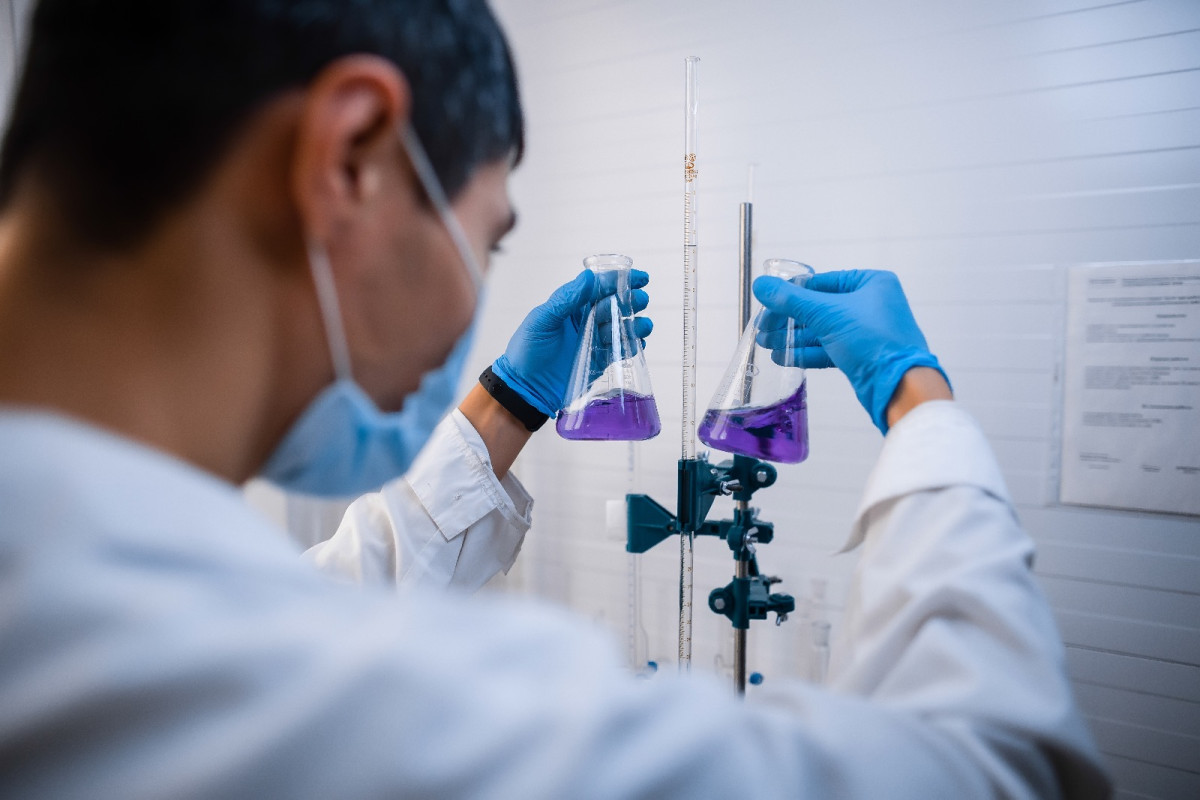
Government support has been a driving force behind the industry's growth, with initiatives aimed at promoting domestic poultry production and reducing imports. The Ministry of Agriculture has provided financial incentives, such as grants and loans, to support modernization efforts and encourage the establishment of new poultry farms. Additionally, the government has focused on improving infrastructure and logistics to facilitate efficient distribution of poultry products nationwide.
Consumers in Kazakhstan have increasingly turned to poultry products due to their nutritional benefits and affordability compared to other meat options. Poultry is widely regarded as a lean source of protein and is favored by health-conscious individuals. This growing consumer preference, combined with competitive pricing, has contributed to the surge in demand for poultry products across the country.
To ensure food safety and quality, the Kazakh government has implemented stringent regulations and monitoring systems for poultry farms. Regular inspections and testing are conducted to maintain high standards and prevent the outbreak of diseases. These measures provide consumers with confidence in the safety and quality of domestically produced poultry.
The rise of the poultry industry in Kazakhstan has also created employment opportunities, benefiting the local economy. Poultry farms have generated jobs in various areas, including farming, processing, transportation, and logistics. This development has had a positive impact on rural communities, stimulating economic growth and improving livelihoods.
Looking ahead, experts predict continued growth for Kazakhstan's poultry industry. The government's commitment to supporting domestic production, coupled with increasing consumer demand, is expected to drive further investments in the sector. As the industry expands, it is likely to contribute significantly to the country's overall economic development and food security.
In conclusion, Kazakhstan's poultry industry has witnessed substantial growth, driven by government initiatives and a surge in domestic demand. With improved production capabilities, strict quality control measures, and increasing consumer preference for poultry, the sector is poised for continued expansion, contributing to the country's economic development and food self-sufficiency.
 Subscribe to our Telegram channel and be the first to know the news!
Subscribe to our Telegram channel and be the first to know the news!